An Efficient Clinical Pathology TEM Workflow From Specimen Acquisition Through Automated Preparation And Electron Microscopy
Recorded On: 09/18/2023
-
Register
- Non-member - $30
- Core Member - $25
- Student Member - $25
- Enhanced Member - Free!
This Workshop will present how the ARUP Laboratories, one of the USA’s largest clinical pathology reference labs, efficiently handles over 25 patient clinical renal biopsy Electron Microscopy (EM) specimens every week, for a typical total of 1300 specimens/year. The ARUP EM lab also annually processes a variable number of skeletal and heart muscle biopsies. ARUP is a CAP, ISO-15189 and CLIA-certified diagnostic lab with more than 35 years of experience. Every morning about 4-15 patient renal 18G needle biopsies are received in bar-code labeled vials containing cacodylate buffered glutaraldehyde-paraformaldehyde fixative, after overnight fixation. Each needle biopsy is then cut into 2-3mm long segments. Up to 8 segments are then loaded into a single mPrep/s specimen capsule (s-capsule, Microscopy Innovations) and capped in place with a second barcode labeled s-capsule to identify the patient. Up to 16 capped capsules, for up to 16 patients, are then loaded on an ASP-1000 (Automated Specimen Processor, Microscopy Innovations) instrument for EM processing. The ASP follows our 2-hour long programed EM prep protocol, for rinses, OsO4, uranyl acetate, ethanal dehydration, 100% acetone, and ending in 100% epoxy infiltration, using reagents we load into microwell plates. Our ASP protocol is programmed to pause mid-protocol to alert the lab for the timely addition of acetone and epoxy resin, but otherwise the ASP operates without intervention. At the conclusion of the 2 hour protocol, the ASP provides a "processing completed" alert, and the patient labeled s-capsules containing 100% resin infiltrated biopsy specimens are then removed from the ASP. Each patient’s labeled capsule is then placed in a separate petri dish containing a flat embedding mold that has been prepared with the number of epoxy filled and labeled embedding wells that is equal to the number of biopsy segments for this patient. The biopsy segments are then removed from the patient’s s-capsule and orientated in a labeled resin-filled mold. Blocks are then polymerized overnight at 70 Celsius.
CEUs: This histology course is worth 1 continuing education credit. Course is available for 365 days from date of registration.
Dr. Steven Goodman
Microscopy Innovations, LLC
Steven Goodman, PhD, is the Chief Scientific Officer and co-founder of Microscopy Innovations, LLC. He also holds appointments at the University of Wisconsin in Pathobiological Sciences and Neurological Surgery. He is the lead inventor of Microscopy Innovations’ mPrep System for EM specimen preparation. His career has revolved around microscopy and related scientific instruments beginning with his BS in Neuroscience (University of Massachusetts) with research using histology, and then continued with TEM, SEM, and video-enhanced light microscopy for physiology research at the Marine Biological Laboratory, Woods Hole, MA, where he served as a research assistant. He then received his MS and PhD from the University of Wisconsin, where he developed methods and instrumentation for correlative video-enhanced light microscopy, high-voltage TEM, and low- voltage high-resolution SEM applied to blood platelet and clotting physiology and implantable cardiovascular devices. He then served as a research professor at U. Wisconsin, and a professor of Physiology at the University of Connecticut, with appointments in Biomaterials, Biomedical Imaging, and as the faculty director of the Electron Microscopy Laboratory at the UConn Health Center. In industry, he was active in the development of microscopy instruments and specimen preparation methods for biological specimens, including the LEAP atom probe, confocal microscopes, and scanning thermal microscopes. He has provided microscopy education as an academic, as well as through professional society workshops, as an adjunct professor (Wisconsin), and as a consultant. Professional service includes serving as editor, section editor, peer reviewer, advisory board member, session chair, workshop speaker, and meeting chair. He is an author of over 100 scientific publications on microscopy and biomedical topics and inventor on over two dozen patents.

